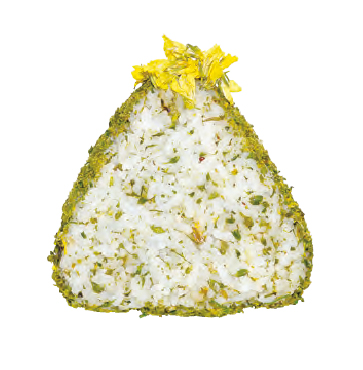Then, in the second part, we’ve gathered some of the most captivating onigiri from areas west of Shizuoka.
Aichi – Tenmusu
Using rice grown with crystal-clear, abundant water and a warm climate, this signature onigiri features a small tempura shrimp nestled inside.
The crispy, battered shrimp and the rice create an exceptional pairing—each bite bursts with the rice’s natural sweetness and the savory flavor of the shrimp, making it utterly irresistible.
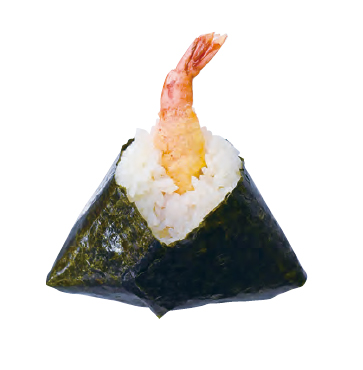
Mie – Nikoniko Ninja Onigiri
Mie spans a long stretch from north to south, encompassing varied landscapes such as basins, mountains, and ria coasts.
Here, Koshihikari accounts for about 80% of the rice, and the highly regarded “Iga Koshihikari” from Iga—the famed ninja region—is a standout.
Thick, tender asparagus is simmered in a sweet and savory glaze and tucked into the onigiri, enhancing the rice’s flavor and offering a delightful surprise.
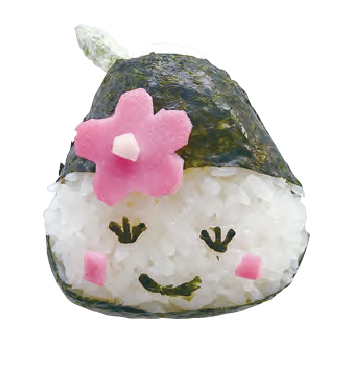
Shiga – Shrimp & Bean Onigiri
Made with “Eco-Conscious Rice” produced under strict environmental standards, this safe and reliable brand reflects a commitment to preserving nature and culture.
Inspired by the traditional dish that stews Lake Biwa’s Sujiebi shrimp with soybeans, this onigiri pairs the natural flavors of the ingredients with the carefully grown “Mizukagami” rice, letting you savor the authentic taste of the region.

Kyoto – Teppō Onigiri
This onigiri features a humble yet satisfying flavor profile seasoned with ginger, sesame, and soy sauce—common in households in northern Kyoto.
Its name pays homage to a gunner from the era of the powerful Isshiki warlords, who commanded formidable artillery units.
The rice—whether Tanba’s Kinuhikari or Tango’s Koshihikari, nurtured by Kyoto’s exquisite water systems—is celebrated for its superb taste.
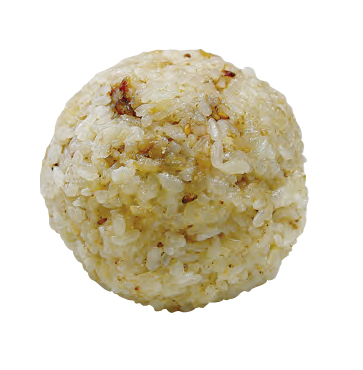
Osaka – Three-Colored Kayaku Tamago Onigiri
This visually striking onigiri is crafted by layering three differently colored varieties of kayaku rice into a compact, round shape.
The fillings include carrots, takuan (pickled radish), and chrysanthemum greens (a local Osaka specialty known as Kikuna).
Together with the signature “Hinohikari” rice, these ingredients create a harmonious fusion that reflects urban agricultural practices—where community engagement, environmental care, and disaster preparedness go hand in hand.
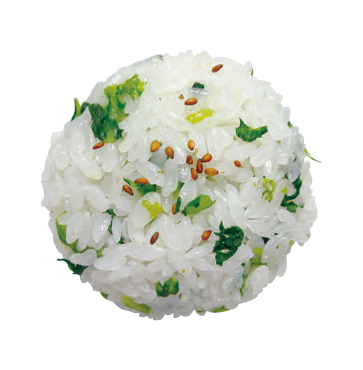
Hyogo – Diet Onigiri
Stretching from the shores of the Sea of Japan to the Seto Inland Sea, Hyogo comprises everything from bustling cities to rural villages and remote islands.
Often called a “mini Japan” due to its abundance, this onigiri is made with rice from the Banshu Plain and is flavored with a famous salt.
Mixed with soybeans and diet-beneficial barley, then wrapped in Akashi seaweed, it offers a delicious taste of Hyogo’s rich bounty.
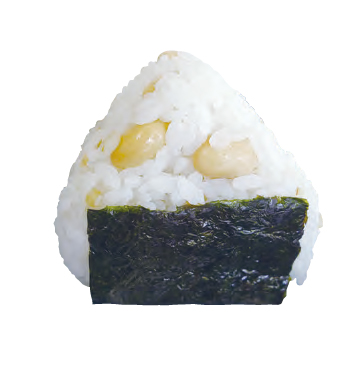
Nara – Kotoka de Onigiri
Utilizing the famed “Hinohikari” rice—prized for its stickiness, sweetness, and satisfying chewy texture even when cold—this onigiri is perfectly suited for a rice ball.
Grown under the unique day-to-night temperature differences of the basin, the rice is exceptionally flavorful.
The filling stars the branded strawberry “Kotoka,” which, when cooked into the rice, gives it a subtle pink hue and creates a striking, impactful taste.
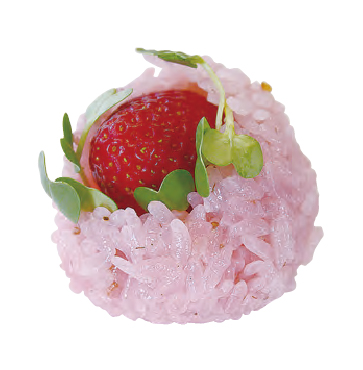
Wakayama – Umeboshi Onigiri
Umeboshi, so valued for its health benefits that it’s said “one a day keeps the doctor away,” is a time-honored Japanese food.
Wakayama is a major producer of ume, accounting for nearly half of Japan’s domestic production, with plum groves stretching as far as the eye can see.
The tangy and salty umeboshi pairs perfectly with rice, making this classic onigiri a perennial favorite.
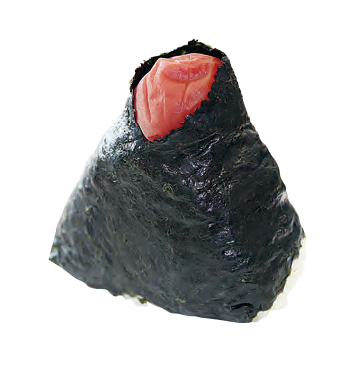
Tottori – Stamina Lettuce Onigiri
This robust onigiri features a filling made from minced chicken or pork stir-fried with ginger and garlic, combined with finely divided natto to create the famous “Stamina Natto”—a well-known Tottori specialty.
Wrapped in crisp lettuce, it uses “Kinumusume” rice, rich in natural GABA (an amino acid).
Nutritious and filling, this onigiri is especially popular among Tottori’s youth.
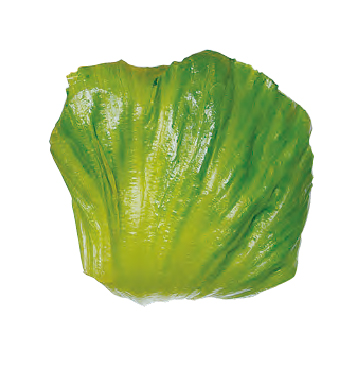
Shimane – Itawakame Onigiri
A celebrated local ingredient, itawakame is made by sun-drying wakame seaweed freshly caught from the Sea of Japan until it forms a nori-like sheet.
While delicious on its own, when crumbled over freshly cooked rice on an onigiri, it releases its distinctive sea flavor, a hint of saltiness, and enhances the rice’s natural sweetness.
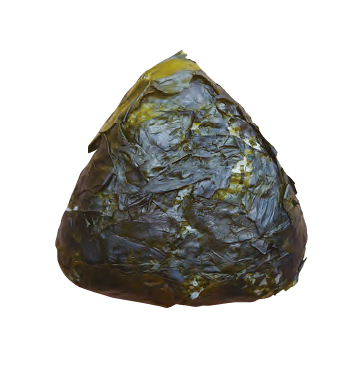
Okayama – Okayama Festival Sushi Onigiri
Echoing the region’s slogan, “The Land of Radiance, Okayama,” this onigiri is made with the highly praised “Kinumusume” rice—renowned for its glossy appearance and pleasantly chewy texture even when cold.
The onigiri is decorated with local specialties like the beloved fish “Mamakari” (locally known as Sappa) and other festival-themed garnishes, capturing the festive spirit of Okayama.
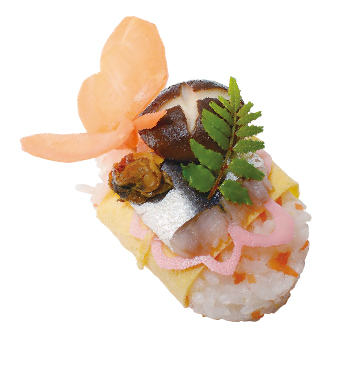
Hiroshima – Asparagus & Small Dried Fish Onigiri
In the hilly, temperature-varied regions of northern Hiroshima, the brand “Hitomebore” rice—marketed as “Kinsai Rice”—is celebrated for its ideal stickiness and smooth texture.
This onigiri features locally grown asparagus, which is thick, tender, and vibrantly green, paired with the umami of tiny dried fish.
Together, they elevate the natural flavors of the rice for an unforgettable taste.
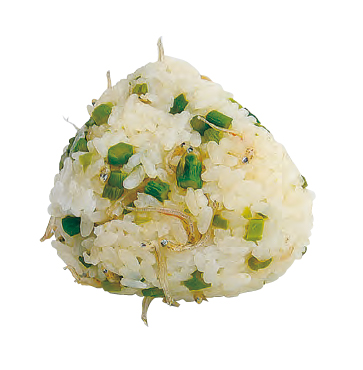
Yamaguchi – Hanakori Flower-Furikake Onigiri
Blessed by a warm climate and surrounded on three sides by the sea, Yamaguchi produces a range of rice varieties—among them the especially sticky and plump “Kinumusume.”
This creative onigiri is mixed with an original vegetable known as “Hanakori,” dried along with charming yellow flowers.
Enhanced by a sprinkle of bonito flakes and perilla seeds in a furikake, the flower garnish adds a playful, eye-catching accent.
